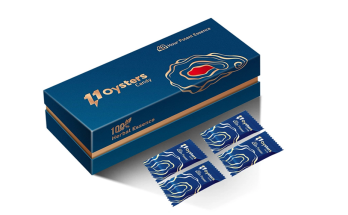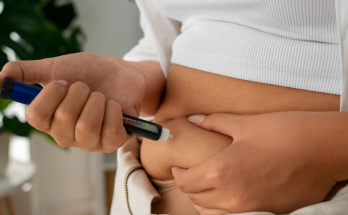Introduction
According to Iqaluit Dental Clinic, fluoride toothpaste is considered the gold standard for making your teeth cavity-resistant and strong. However, a new ingredient called hydroxyapatite is becoming more popular in cavity-protection toothpastes since it can match fluoride’s effectiveness without the downsides.
The Details
Let’s look at a few points that will help you to understand the differences between fluoride and hydroxyapatite:
- How fluoride toothpaste works – When your teeth decay and form cavities, the bacteria in your mouth can feed on the food particles stuck inside the cavities and create an acidic environment. The harsh acids can strip away the outer covering (enamel) of your teeth which is made up of calcium and phosphate. This process is known as demineralization.
Generally, your saliva helps to combat dimerization by constantly bathing your teeth since it also contains calcium and phosphate. However, that is not enough in many cases. When you use fluoride toothpaste, the fluoride combines with saliva to create a crystal lattice compound called fluorapatite. Fluorapatite helps to remineralize your teeth, restore their strength, and protect it from further damage since it is much more acid-resistant.
- How hydroxyapatite toothpaste works – 97% of your tooth enamel and almost 70% of the dentin of your teeth is made up of a type of calcium called hydroxyapatite. Unlike fluoride, hydroxyapatite is directly absorbed by the teeth and helps to combat demineralization by filling the enamel fissures.
Generally, toothpaste that contains hydroxyapatite contains nano-hydroxyapatite which has particle sizes ranging between 0-80 nanometers (nm). The small size of the nano-hydroxyapatite particles makes it possible for them to reach the innermost part of the dental cavity and remineralize the teeth from within. Plus, they also bind to plaque and harmful bacteria in your mouth.
- The advantages of using hydroxyapatite over fluoride toothpaste – According to studies, the efficacy of hydroxyapatite is equal to that of fluoride. However, the benefit of hydroxyapatite lies in its safety.
It is not safe to consume fluoride above a certain threshold since it can lead to poisoning and overexposure can lead to skeletal and dental fluorosis, which can cause a change in the appearance of the teeth. However, hydroxyapatite is non-toxic and biomimetic. Thus, hydroxyapatite toothpaste is kid-friendly since it is safe to swallow it accidentally, which tends to happen a lot to kids.
Unlike fluoride which kills both decay-causing bacteria and good bacteria in your mouth, hydroxyapatite is oral microbiome friendly, which means it doesn’t kill bacteria but prevents harmful bacteria from attaching to the enamel. Plus, it increases the microhardness of enamel and fortifies it better than fluorapatite coating.
Finally, hydroxyapatite toothpaste has been proven effective at whitening teeth to a lighter shade without the help of any additional whitening agents.
Conclusion
Iqaluit Dental Clinic suggests you consult with your dentist to decide whether it is suitable for you to switch to hydroxyapatite toothpaste. Generally, switching to hydroxyapatite toothpaste is recommended for children less than six years old, people with sensitive teeth, and pregnant women.




